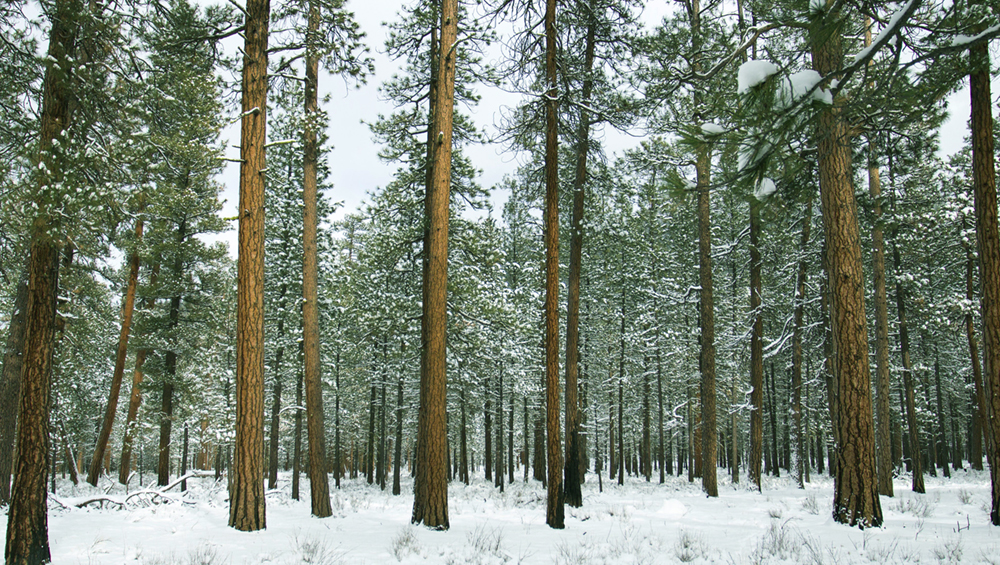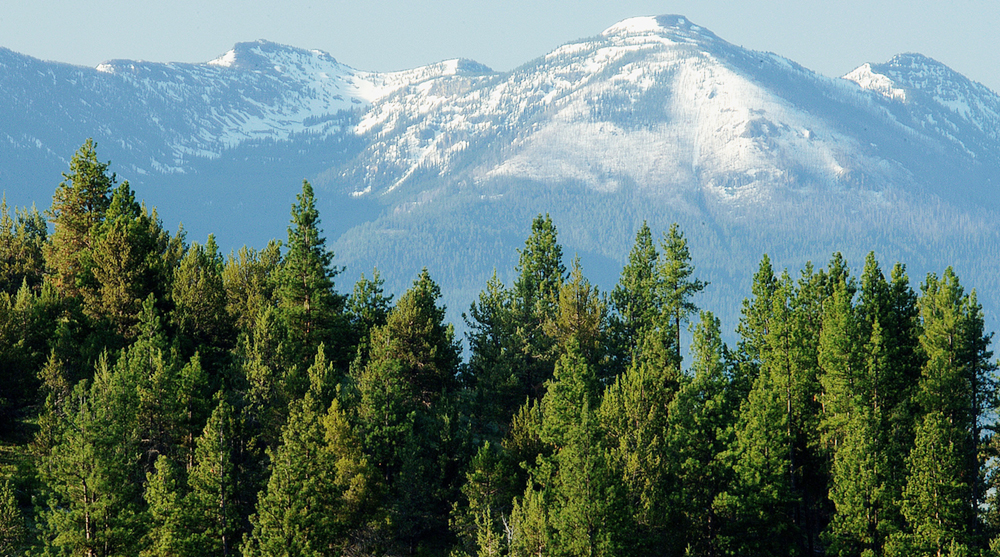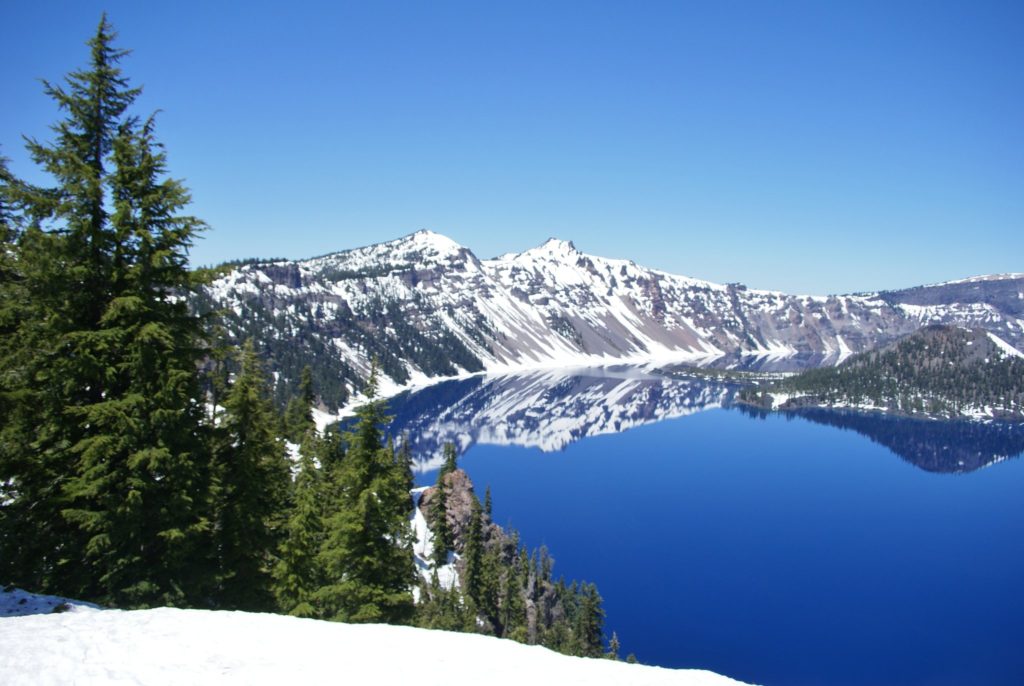
April in Oregon is Arbor Month when towns across the state celebrate their trees. We thought we would visit Oregon’s National Forests – and the species they protect. Welcome to Oregon, home to some of the most breathtaking national forests in the United States. There are 11 National Forests in the state:
Deschutes National Forest
Willamette National Forest
Umpqua National Forest
Mt. Hood National Forest
Siuslaw National Forest
Rogue-River Siskiyou National Forest
Wallowa-Whitman National Forest
Fremont-Winema National Forest
Malheur National Forest
Ochoco National Forest
Umatilla National Forest
Whether you’re seeking serene hikes through old-growth forests, exhilarating adventures atop rugged peaks, or peaceful moments by cascading waterfalls, Oregon’s national forests offer something for every nature enthusiast.
Oregon’s forests play a crucial role in mitigating the impacts of climate change by sequestering carbon, regulating water flow, and providing habitat for wildlife. As climate change intensifies, the resilience of Oregon’s forests will become increasingly important for the health and well-being of both humans and ecosystems. Overall, Oregon’s forests are a unique and precious resource that contribute to the state’s identity, economy, and ecological health. Protecting and preserving these forests for future generations is essential to ensuring their continued beauty and biodiversity.
Oregon’s forests hold deep cultural significance for Indigenous communities who have stewarded these lands for millennia. These forests are not only places of ecological importance but also repositories of traditional knowledge, stories, and spiritual connections.
Let’s look at a few of the National forests, though their trees.
Deschutes National Forest
Since their creation as parts of the Cascade Forest Reserve in 1893 and Blue Mountains Forest Reserve 1906, the Deschutes and nearby Ochoco National Forests have played an important role in Central Oregon’s economic and social history. Recreation is key at the Deschutes National Forest, and the reason why most visitors come here. You will recreate amid trees such as Ponderosa pine, vine maples. The Western larch which turns golden in the fall, Douglas fir Grand fir, Western juniper. Aspen and Black cottonwoods.
Even if you come to boat, hike, ski or climb, chances are pretty good that you’ll be camping as well. There are more than 125 developed and listed campgrounds on the Deschutes and Ochoco National Forests, ranging from small primitive campgrounds with a few campsites to large campgrounds with more than a 100 campsites. And there are many more in the backcountry for those looking for a wilder adventure.
Malheur National Forest.

The Malheur contains more than 1.4 million acres in the Blue mountains of eastern Oregon. The forest consists of high desert grasslands, sage, juniper, pine, fir, and other tree species. Elevations vary from about 4,000 feet to the 9,038-foot peak of Strawberry Mountain. The Strawberry Mountains extend east to west through the center of the forest.

Douglas Fir (Pseudotsuga menziesii): The Douglas fir is one of the most common and iconic trees in Oregon. It dominates many of the state’s forests, particularly in the Coast Range and Cascade Mountains. More than 7 million of this tree’s seedlings planted by Oregonians over 50 years ago created the Tillamook State Forest and a forest of these trees seems vibrant and exciting, and is full of life – from the Douglas squirrel to the legendary Sasquatch. Oregon’s other state forests are also filled with Doug Firs – the Clatsop, Santiam, Elliott. Forests of these trees are some of the most popular recreation areas in the state.
In the Klamath Network, Douglas-fir occur in Crater Lake National Park, Lassen Volcanic National Park, Oregon Caves National Monument and Preserve, Redwood National and State Parks, and Whiskeytown National Recreation Area.
Sitka Spruce (Picea sitchensis): Native to the Pacific Northwest, the Sitka spruce is one of the largest conifer species in the world. Sitka spruce is a maritime species, growing along the outer coast from Cape Mendocino in northern California to the Aleutian Island chain of Alaska. Within this range it seldom strays very far from salt water. The largest Sitka Spruce, and indeed one of the largest trees of any species currently known in Oregon, is in Cape Meares State Park, a short walk on an easy trail from the park entrance.
Ponderosa Pine (Pinus ponderosa): In drier, inland areas of Oregon, you’ll find stands of ponderosa pine. This species is characterized by its tall, straight trunks and distinctive cinnamon-colored bark. Ponderosa pine represents a major forest type in the PNW region. it occurs in nearly pure stands in a 15–30 km wide band along the eastern flanks of the Cascade Mountains in Oregon and Washington where annual precipitation is generally between 300 and 800 mm.
In the Klamath Mountains, including the Umpqua Mountains, Siskiyou Mountains, and interior valleys and foothills between these and the Cascade Range. Pine or pine-oak woodlands occur on dry, warm sites in the foothills and mountains of southern Oregon. Here, pine woodlands are usually dominated by ponderosa pine, but may be dominated by Jeffery pine, depending on soil mineral content, fertility, and temperatures. The understory often has shrubs, including green-leaf manzanita, buckbrush, and snowberry, and conifers.
